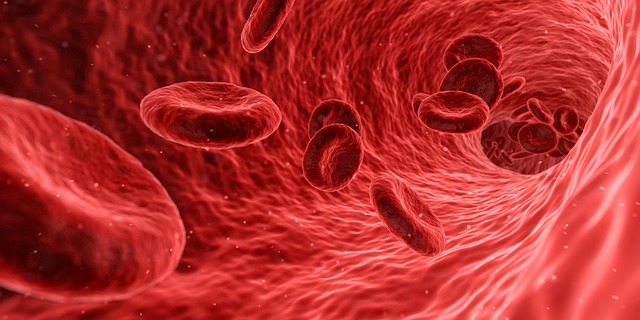Archive for September 2017
How Painkillers Hamper Athletic Performance
Is it acute injury or normal aches and pains related to exercise?
This is the question all athletes should ask themselves before they reach for the painkillers. Non-steroidal, anti-inflammatory drugs, NSAIDs for short, such as advil and ibuprofen, are ubiquitous in the athletic world because they offer pain relief for many of the aches and pains that are part and parcel of working out. They provide this pain relief by blocking the body’s production of prostaglandins, which are partly responsible for the body’s perception of pain. However, there are also good prostaglandins, like the ones that protect your stomach lining. Painkillers interfere with athletic performance by:
- Limiting hypertrophy and preventing the efficient recovery of muscles and connective tissue
- Contributing to overuse syndrome by tricking your body into ignoring pain
- Interfering with protein synthesis
- Inhibits nutrient absorption
Blood Circulation and Sleep: The Vital Link
Increasing blood circulation can help you sleep better
Sleep is a regulated function of the brain. The brain controls your ability to fall asleep by limiting arousal signals; in essence, it is inhibiting activity in the parts of the brain which are responsible for wakefulness, causing the body to transition from the stable state of wakefulness to the stable state of rest. But how can we reasonably expect the brain to perform such a specialized function if it is starved of the ingredients it needs to function properly?
Why Chiropractic is Effective Pain Relief for Sciatica Sufferers
Sciatic nerve pain is not your friend
Sciatica is characterized by pain that begins in the lower back and radiates to the lower extremities. Symptoms are often experienced only in on leg and include: pain that begins in the lower back and radiates downward, as well as numbness and weakness in the legs and feet, But the important thing to remember is that sciatica is not a condition itself, but rather a symptom of another condition. The pain is most likely being caused by compression of the sciatic nerve, the largest nerve in the human body which runs from the lower spine through the buttock, the back of the thigh and all the way down to the foot. A compression at any point along the way can cause dysfunction, but it is most often impinged upon because of misalignment in the lower back.
Pressure Relief for Overburdened Spines
Positions that put the spine under the most pressure
Humans have a habit of putting their spines under pressure. Many of the most common positions that we assume throughout the day pressurize the spine, including:
- Leaning forward
- Lifting and bearing weight
- Sitting by itself
- Sitting and leaning forward
- Forward head posture
How many times do you perform each of these motions, consciously or not, each day? It is a credit to our spines that they are resilient enough to keep us healthy for any length of time given such consistent pressure. At OFW Chiropractic we believe it’s time to step up our level of awareness when it comes to how we treat our spines.
Embracing an Ergonomic Lifestyle
Ergonomic injuries are on the rise
The more people we bring into the white collar job market, the more we send down the road toward degeneration of the spine and disability. Ergonomics is an applied science that studies human efficiency as it relates to the surrounding environment. Few employers are ethical enough, or are willing to invest enough money, to lift the overall ergonomic standard of their offices. The onus is therefore upon the workers to optimize their own ergonomic situation. At OFW Chiropractic we have a plan to help you embrace a lifestyle that helps you avoid ergonomic injuries and prevent the onset of conditions that make lower back pain the number one workplace complaint.
Piriformis Syndrome: Pain Comes in Small Packages
Do you know your piriformis muscle?
The piriformis is a little-known muscle located deep in the buttock, near the gluteus maximus. Its primary function is to allow for rotation of the hip and turning of leg and foot outward. It is small, but its potential for pain is enormous because of its location, connecting the lower spine and upper femur. Running directly underneath this muscle is the sciatic nerve, a more well known part of the body that is responsible for sciatic nerve pain. In some people, the nerve will even run directly through the muscle.






